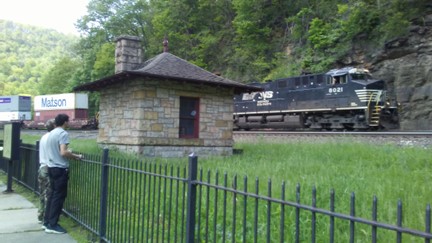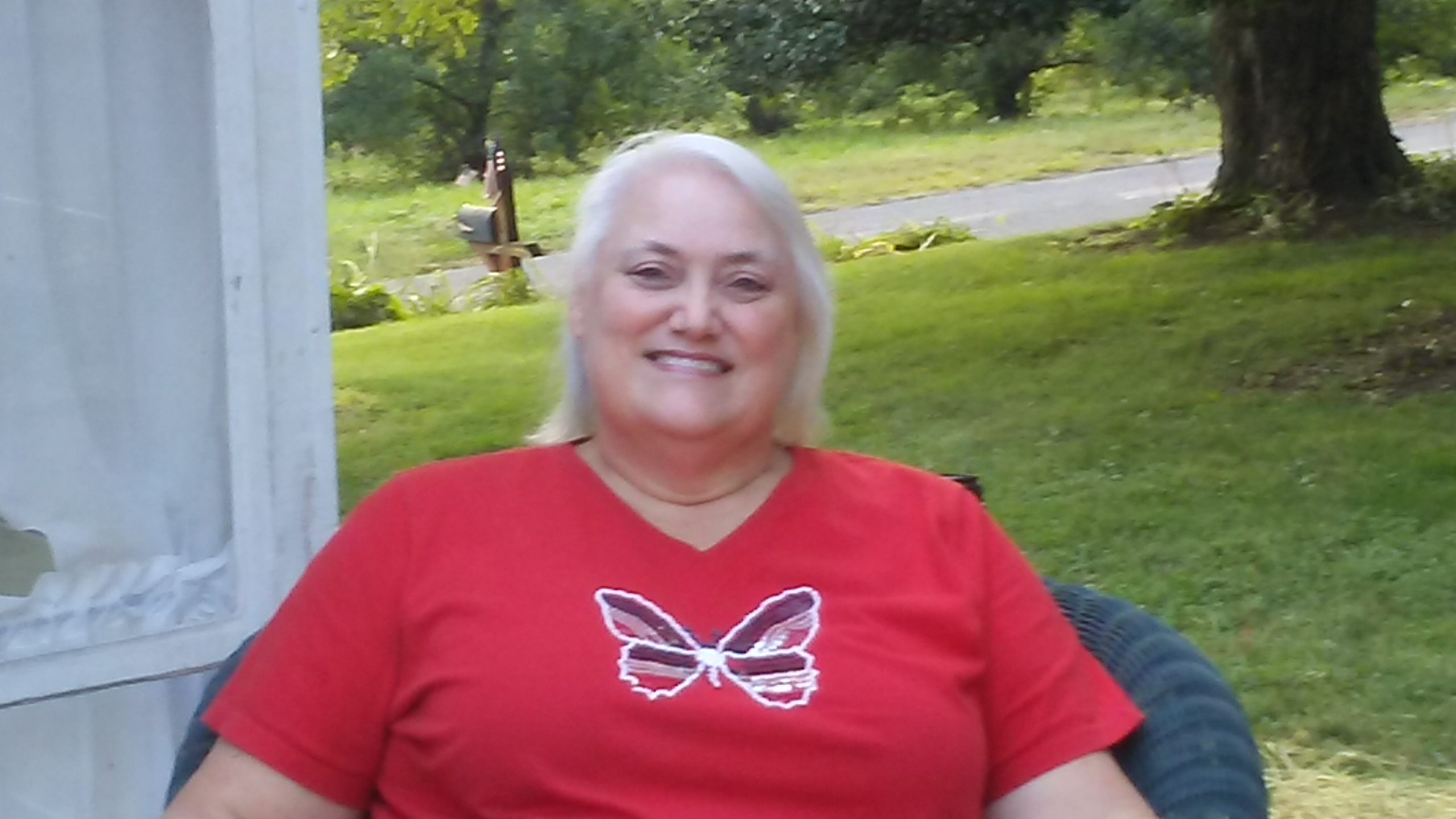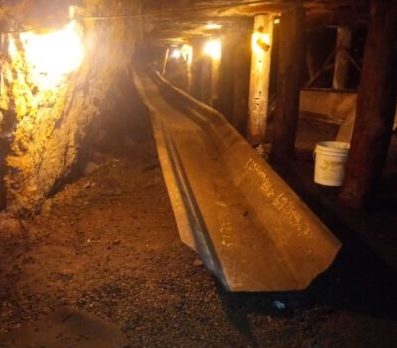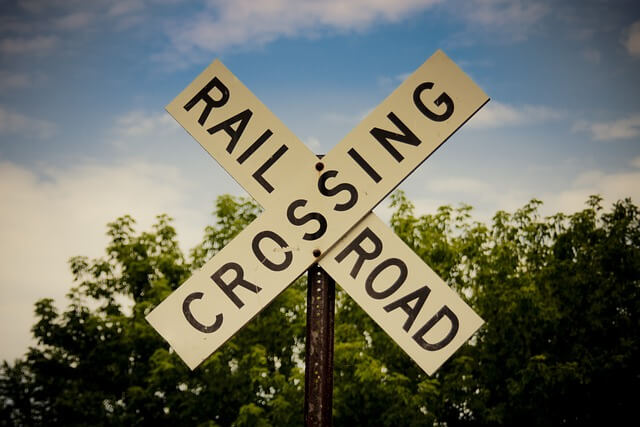We recently took a vacation to the Altoona area and visited both Horseshoe Curve and the Railroaders Memorial Museum.
I remember being enthralled by Horseshoe Curve as a child—at the sheer size and speed of the trains as they passed by. However, children today are not as easily impressed. So imagine my surprise when our 17-year-old son and his best friend declared our “Train Day Outing” a success.
Envision this for a moment: the newly formed Pennsylvania Rail Road (PRR) is tasked with the job of building a railroad from Harrisburg to Pittsburgh. That sounds easy enough, right? Well, if this job had been assigned today, with access to all of our current technology, you would be absolutely correct. However, this job was given to the PRR in 1847—over 175 years ago! Which means there was no technology and no heavy machinery available—the Curve was carved out of the mountains entirely by men, horses, shovels, picks, and drags, over a span of three years. That makes this accomplishment a little more awe-inspiring, don’t you agree?
Before its completion, crossing the Allegheny Mountains was a multi-transport endeavor, requiring the use of trains and canals, taking about four days. Upon completion of the Gallitzan tunnels and Horseshoe Curve in 1854, a train could travel the entire way from Harrisburg to Pittsburgh in a mere 15 hours.
Horseshoe Curve is located five miles west of Altoona along the Veteran’s Memorial Highway. The parking lot and gift shop are located at the bottom of the hill. You may take the funicular (an enclosed incline car) to the top or get in some exercise and challenge your children up the 195 steps to the grassy observation area where there are benches and picnic tables. Bring lunch or a Frisbee and enjoy some relaxing family time while you wait for a train. On average, the wait is usually no more than half an hour and from the observation area you can see both “ends” of the horseshoe, which spans a total of 2,375 feet.
“Our” train traveled from west to east and was so long that we lost count at about car number 125. So long, in fact that the engines disappeared around the east end while the caboose was still nowhere in sight around the west end. It just kept coming and coming and coming. I wish we could have kept count of the cars as I have never seen a train that long.
Once “our train” had finally passed, we headed to the Railroaders Memorial Museum in downtown Altoona, about 15 minutes away. Three floors of exhibits tell the story of the building of the railroad—including Horseshoe Curve—life in a railroad town and the many jobs needed to make the railroad run smoothly.
We were surprised to learn that the PRR was so proud of its accomplishment that it showcased Horseshoe Curve at the 1893 World’s Fair in Chicago with a scale model. And we were impressed that Horseshoe Curve was considered important in the Civil War as well as an actual sabotage target of the Japanese during WWII!
The depiction of life in a railroad town was different than we expected it to be. The workers were tied to the railroad in more ways than we ever imagined, and we had never considered the dirt—the soot—that hung in the air and seeped through every crack and crevice from the coal engines that ran through the town around the clock.
The jobs required to make a railroad operate were more varied—and much more dangerous—than we expected. The impact of labor unions was full of pros and cons for the workers. The constant research that went into making the PRR faster and more efficient was fascinating. In fact, we were so engrossed in the life and times of Altoona that we felt almost sad to learn about technology’s role in the decline of the railroad. And we left Altoona feeling nostalgic for the bygone days.




